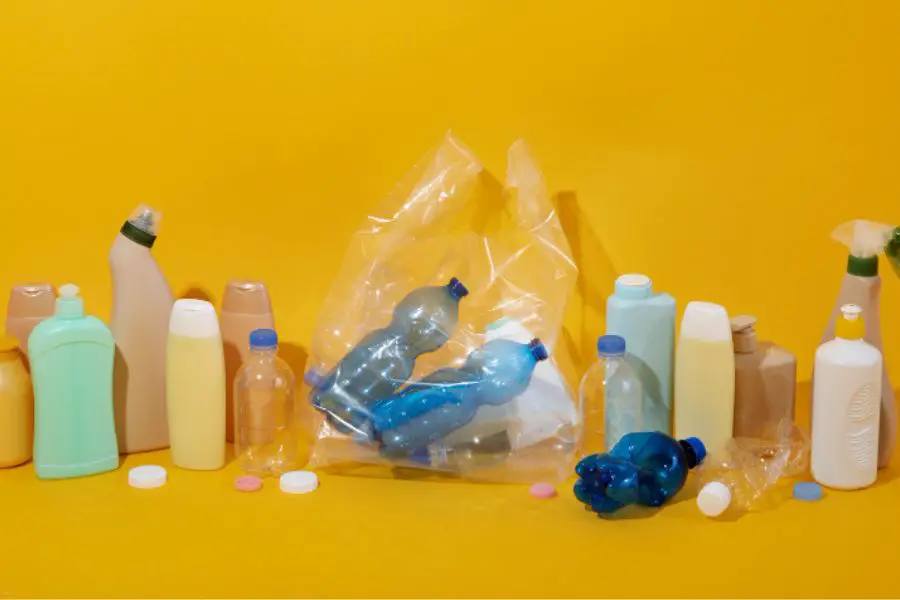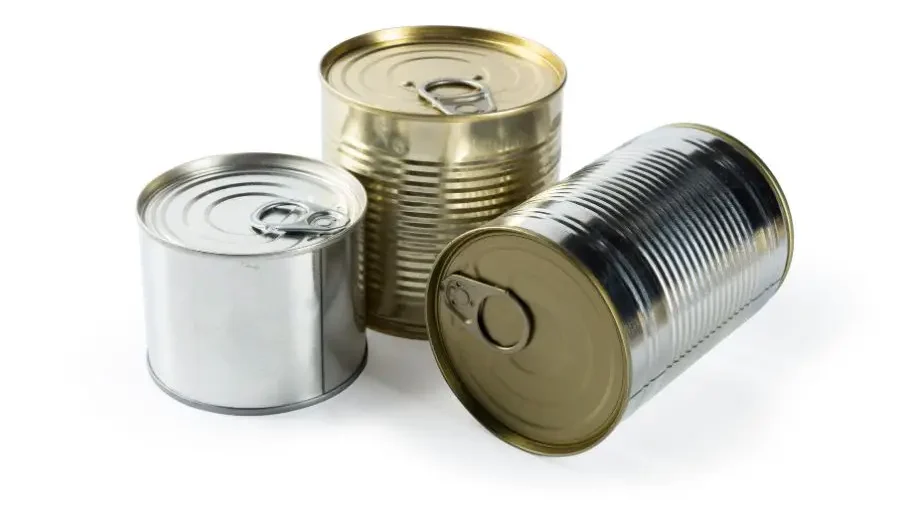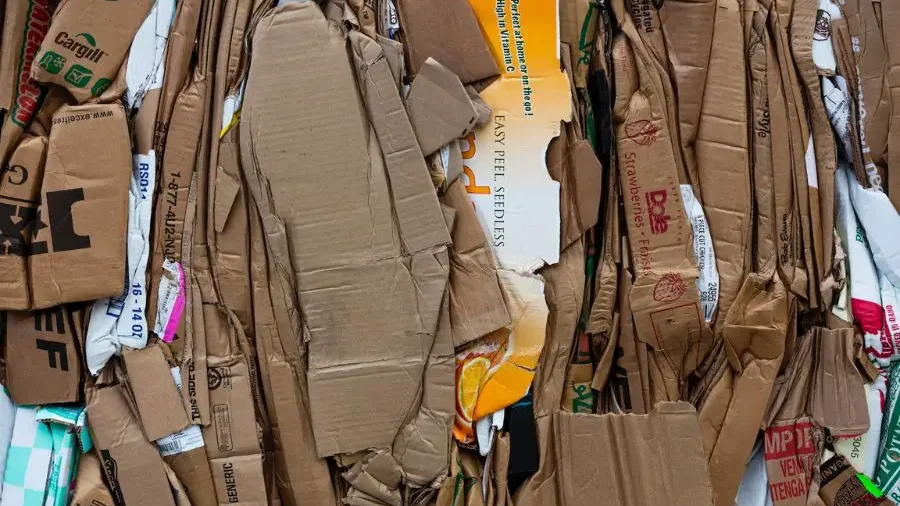Cheapest Ways to Fill Planters
What I should fill the bottom of huge planters with is among the most frequently asked questions.

Potting soil is not inexpensive, and once you have huge or industrial planters, the costs quickly mount up.
You don’t have to put soil in a big planter (unless you want to and can afford it).
You can utilize a variety of efficient components to make sure the potted tree or plant remains living and developing.
We’ll examine the cheapest materials for filling the bottom of a large planter in this article to assist you in saving some time, effort, and money.
Considerations to Make Before Loading Your Large Planter’s Bottom
The specific requirements of the tree or shrub you want to pot must first be understood. Depending on the type of tree or plant, a different amount of space will likely be required in the pot or planter.
You can begin after you are aware of how much space has to be filled. If you simply need to fill a small area, high-quality potting soil is a better option than regular garden soil.
Your plant or tree is likely being limited by weeds and other contaminants in the soil from your garden or other locations.
To facilitate proper drainage in a planter, potting soil is used. Planters with earth-sourced soil may experience drainage issues, weight issues, and potential freeze-thaw issues.
Choose the best filling for your planter’s base from the list below if you have a lot of space at the bottom that has to be filled.
Alternatives To Filling The Bottom Of A Big Planter With Soil
Before we discuss the things you should use, let’s quickly discuss the things you shouldn’t use. Corn-based packing peanuts should not be used since water will cause them to fall apart.
Recycled Plastics
As most of us are aware, plastic pollution is a significant environmental problem nowadays. Fill the bottom of your massive planter with recycled plastic objects you could already have around, including milk and juice bottles, grocery bags, or drinks and water bottles.
The base of the enormous planter is a better location for plastic than a landfill.
Materials for Packing
As long as they are not the kind that melts in water, packing peanuts is acceptable. Peanuts made of Styrofoam work quite well. To keep them steady and in place, make sure they are contained within a bag.
If you want to repot the plant, it also simplifies your life.
Styrofoam blocks are an alternative that you have. Once more, make sure they are contained in a bag to keep them steady.
Packing Peanuts
Peanuts made of Styrofoam work best.
The peanuts should be sealed in a plastic bag before being added to the pot. Otherwise, the Styrofoam will get everywhere and be challenging to remove if you ever need to repot the plant.
Helpful Tip
Unsure whether your packing peanuts disintegrate in water, which is now the most common type used in America. Put a few peanuts in a dish or zip-top bag with water.
Check to see if they have disappeared after a few hours. If so, avoid using them in your planters!
Metal Cans

Each week, a large number of us consume a lot of canned goods. By crushing and stacking cans to fill the necessary area, you can reuse cans to fill your huge planter.
Plastic Pots
Containers made of plastic from frozen foods or takeout can be helpful. All you have to do is flip them over so that their flat underside is facing up.
By doing this, you’ll build a sturdy foundation for your plant or tree to sit on at the bottom of the big planter.
Natural Materials
There can be a variety of useful natural items lying around your home or garden.
Sticks, leaves, pinecones, and wood chips can all be added, but they will all decompose over time, making them a sustainable option for seasonal planters who re-pot frequently.
Waste Paper And Cardboard
Crush up some old newspapers and Amazon delivery boxes, and use a mixture of them to fill the bottom of your huge planter.
Remember, these materials will degrade over time, making regular repotting the optimum use for them.

What Is The Point Of Using Fillers At The Bottom Of A Big Plant?
Well, the major purpose of using fillers is to occupy space and permit proper drainage.
Other reasons for using fillers are:
- It costs a lot to buy soil: You save money by using less soil when you add fillers.
- The soil is heavy: A huge planter becomes heavy and challenging to move when filled entirely with soil. Decks or balconies may eventually become damaged as a result of heavy loads. You can, in a sense, lighten the strain by adding filler.
- When soil is overloaded, it contracts: Compression can make soil compact and have an impact on how well it drains. Root growth is hampered by soil that compacts around the roots. By adding filler, you can enhance soil drainage and promote strong roots.
Tips When Deciding To Fill Your Planter
Here are seven suggestions to successfully fill the bottom of your extra-large planter:
- To prevent standing water, make sure your huge planter has at least one drainage hole at the bottom. Otherwise, mold and bacteria can grow. To absorb additional moisture, some people put a sponge in the bottom of their planter.
- Your chosen “filler” should only occupy your container 1/4 to 1/3 halfway from the bottom of the planter. You need space to add sufficient soil for a strong root system.
- The soil and your filler should be separated by a border. You can make a piece of plastic screen, like soft window screens, mesh, or other fabric used as a weed barrier or landscape cloth, large enough to fit within your container. Over the filler, place this. In doing so, you stop dirt from settling inside your filler material, and the soil remains in place.
- If you use packing peanuts, wrap them in something that won’t decompose, such as an old pair of nylon stockings or pantyhose. With your planter eventually empty, you won’t have a “packed peanut” mess, thanks to this.
- Keeping the Styrofoam blocks used to safely package devices will allow you to chop them down as needed. When that happens, you’ll always have enough things available to fill the bottom of your enormous planter.
- To avoid water from accumulating in any water bottles or jugs, think about putting the top on them. Consider germs and mold once again.
- When planting anything in a large pot, especially if it contains edibles like herbs or veggies, make sure the filler is healthy. If you have any doubts, you can double-check at your neighborhood nursery or gardening supply shop.
Heavy Pot Fillers
Pick a heavy-weight pot filler if you want to be sure that your pot doesn’t move at all.
This is wise if you live in a place with high winds are concerned about animals tipping over your container, or are concerned about the plant being stolen.
Conclusion
You can use those items to fill the bottom of a sizable planter.
You now have a better comprehension of the various materials you might use to either make your huge container heavy and stable or light and mobile.
These solutions will help you save on soil while filling your huge planter.